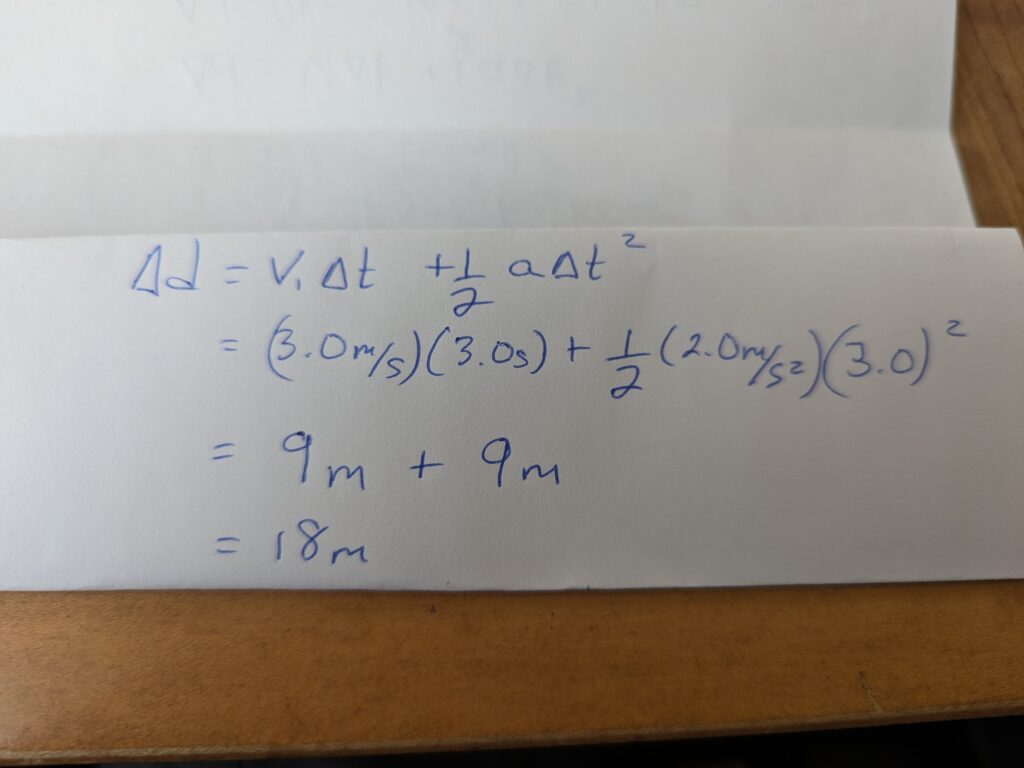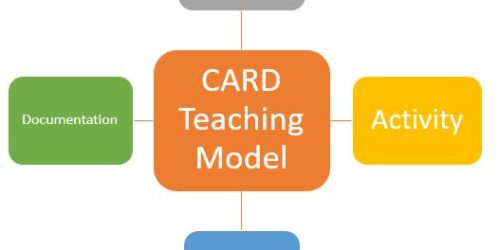STEM, AI, and You
Where are you in your journey to bring the power of Artificial Intelligence (AI) into your STEM-related teaching? And how will AI impact your teaching and your students’ learning if it has not already done so? Helping students understanding how to use AI so that it works with them and not for them will be an important skill to learn as they understand how this new tool can be applied within their chosen STEM field. Businesses and organizations are rapid integrating AI into their practices requiring Conestoga graduates to understand and apply the tool within their field of study.
STEM and AI: Growing Together
The integration of AI within STEM occupations is an area of rapid growth. A Statistics Canada survey (2024) show almost one in seven Canadian businesses currently using AI. Specifically, in the professional, scientific and technical services industry, almost 19% of those businesses are using AI with about 10% more businesses planning to do so. As we rapidly move technologically into the 21st century, new AI technologies are sure to arrive impacting a wide range of STEM industries and organizations (see OpenAI o1, 2024). This will require updating STEM education strategies that integrate AI to develop those skills our students need for these rapidly changing industries.
Let’s look at several ways we can use AI in our teaching and learning that helps increase the comfort level of the technology that can work with both student and faculty. Before we begin, consider reviewing the hub post Generative AI Prompting Techniques where you will learn how to engage with AI using appropriate inputs so as to receive the accurate feedback you are likely to want and need.
Some Ideas for AI in STEM Education
There are plenty of ways to be for you and your students to be creative with AI for teaching and learning. One driving question to ask yourself might be this: “What problem can AI solve when it comes to my teaching and student learning?” What follows are several ideas to consider with the hope that it may spur within you some new ideas, even those that might not be a reality at this time – but soon!
Health Care
Here is an example of using AI as both a creator of learning content (professor asking) and as a formative assessment for a student (student asking). Consider copying the text below into Co-Pilot and observe the result. Then consider how might you build on this idea for your course.
Professor Asking
Imagine that a student is taking a medical course has as part of their training to interpret vital signs of a human patient. Vital signs include heart rate, temperature, blood pressure and breathing. Create a case of a patient that has issues with one or more abnormal vital signs and then prompt the student for what the potential cause could be. Use a Socratic method where you pose a question and wait for an answer from the student.
Student Asking
I am a student that is taking a medical course as part of my training to interpret vital signs of a human patient. Vital signs include such measurements as heart rate, temperature, blood pressure and breathing. Create a case of a patient that has issues with one or more abnormal vital signs and then prompt me for what I think might be the potential cause could be. Use the Socratic method where you pose a question and wait for my answer to help me analyze the case properly so that I can make a correct interpretation.
Engineering
Here we show how AI can be used to create a pre-assessments (or post-assessments) generated by both professor and student. Students can receive help from AI as a cognitive tutor surrounding problems that may be challenging to understand initially. Students can proceed at their own pace for learning and be free to ask questions within a psychologically safe environment that may lead to clarity in their thinking and understanding.
Again, consider copying the text below into Co-Pilot and observe the result. Then consider how might you build on these ideas for your course.
Professor Asking
Create a series of conceptual problems in static equilibrium for my students in a first-year engineering course. Conceptual problems are those that are qualitative in nature that require only reasoning to solve and no calculations. Ensure they are real life scenarios. Make sure those problems are multiple choice in nature and are at the level of application and analysis according to Bloom’s taxonomy. Make 5 problems. Put the answers at the end of the questions.
Student Asking
I am a student that is taking a physics course as part of my training to be a mechanical engineer. We are currently learning about forces acting on objects, particularly static equilibrium where the objects are at rest. I am having trouble understanding a particular problem, one where a ladder is leaning against a wall. Use the Socratic method of question and answer to help me conceptually analyze the forces acting on a ladder that is at rest leaning against a wall. Use no numbers, only qualitative reasoning. Use the Socratic method where you pose a question and wait for my answer to help me analyze the situation.
Problem Solving
Student Asking
Consider encouraging students to use AI to check the solution to their solved problems. As an example, the problem below was uploaded into Co-Pilot and verified the result of the students work. How might you use this idea in chemistry or biology for problem solving?
I have just solved one of my physics problems for homework. Can you provide feedback on my solution? Reproduce my result and tell me if I am correct or not. If I am incorrect then tell me where I might have went wrong.

Cognitive Tutoring
Case Creations
Develop a case study involving a patient who arrives at an emergency room with high heart rate and blood pressure. The patient is also complaining of chest pains. Form the case in terms of a scenario. For example, “On Monday January 5th a patient arrived at the hospital complaining…” Use the Socratic method where you pose a question and wait for my answer to help me analyze the situation.
Tutorial Creations
Construct a tutorial for my students so that they will understand the difference between weight and mass. Ensure the tutorial asks guided questions to bring students to the correct understanding of the difference between weight and mass. Ensure the tutorial uses real life examples to create relevance for the students. Add some hands-on activities that may help clarify the differences.
Note that you and your students can also move away from text-based prompting and answering by taking advantage of the conversational features within the AI. I think you will find the conversations to be very life-like coming from the AI as if you were talking with a real person.
Finally, it is important to remember that AI may make mistakes or mis-interpret what you are asking it to do. So, be on guard with your expertise to ensure that the output being produced is correct for your situational use.
STEM, AI, and You
Teaching & Learning at Conestoga College is offering a workshop for STEM faculty to help step into the world of AI as a tool for teacher preparation and student learning. Called STEM, AI, and You this workshop is designed to help you think of AI as an ‘object to think with’ (Vasconcelos & dos Santos, 2023) with an emphasis in developing knowledge, skills, and the sharing of ideas about using AI in STEM classroom instruction. We will learn how AI can improve lesson planning, how it can be used as a feedback tool, how it can aid students in problem solving, and how you can help students harness the conversational abilities of AI to aid in understanding your course content they may find initially challenging. When used in this way, AI holds great promise to reach diverse learners by making your course content more accessible and individualized so that all students can meet your learning outcomes.
References
OpenAI (2024, September 12). Introducing OpenAI o1-preview. https://openai.com/index/introducing-openai-o1-preview/
Statistics Canada (2024, March 18). Which Canadian businesses are using generative artificial intelligence and why? https://www.statcan.gc.ca/o1/en/plus/5847-which-canadian-businesses-are-using-generative-artificial-intelligence-and-why



